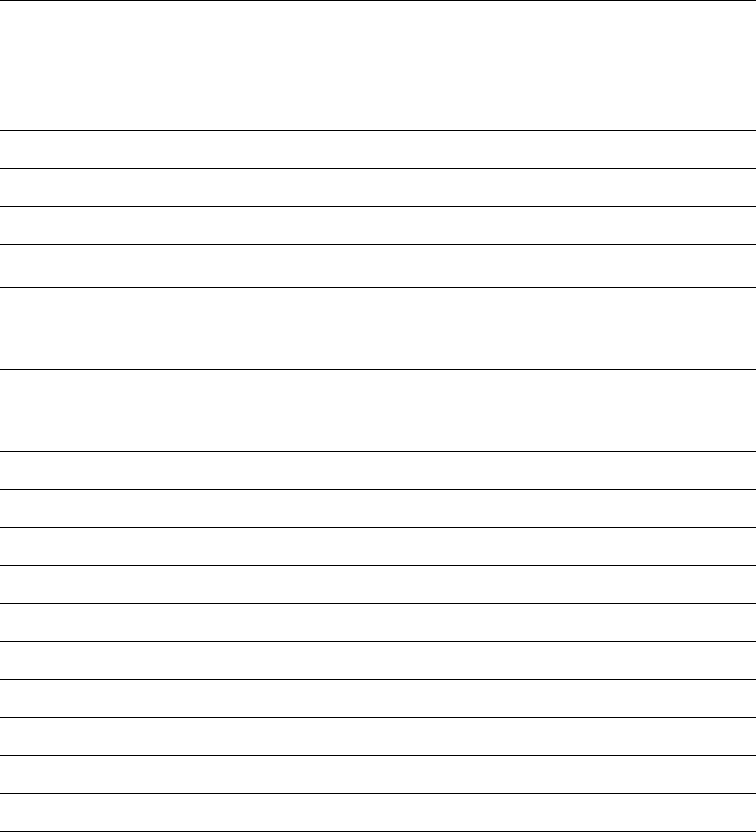User's Manual
Table Of Contents
- Contents
- Preface
- The Command Line Interface
- First-Time Configuration
- Using the Setup Utility
- Setting Passwords
- Menu Basics
- The Information Menu
- Information Menu
- System Information
- Layer 2 Information
- Layer 3 Information
- IP Routing Information
- ARP Information
- BGP Information
- BGP Peer information
- BGP Summary information
- OSPF Information
- Routing Information Protocol Information
- IP Information
- IGMP Multicast Group Information
- IGMP Group Information
- IGMP Multicast Router Port Information
- IGMP Mrouter Information
- VRRP Information
- Quality of Service Information
- 802.1p Information
- Access Control List Information
- Link Status Information
- Port Information
- Logical Port to GEA Port Mapping
- Fiber Port SFP Status
- Information Dump
- The Statistics Menu
- The Configuration Menu
- Configuration Menu
- Viewing, Applying, and Saving Changes
- System Configuration
- Port Configuration
- Layer 2 Configuration
- 802.1x Configuration
- Rapid Spanning Tree Protocol/ Multiple Spanning Tree Protocol Configuration
- Common Internal Spanning Tree Configuration
- Spanning Tree Configuration
- GVRP Configuration
- GVRP Port Configuration
- Trunk Configuration
- IP Trunk Hash Configuration
- LACP Configuration
- Layer 2 Failover Configuration
- VLAN Configuration
- Protocol-based VLAN Configuration
- Private VLAN Configuration
- Layer 3 Configuration
- IP Interface Configuration
- Default Gateway Configuration
- IP Static Route Configuration
- IP Multicast Route Configuration
- ARP Configuration
- IP Forwarding Configuration
- Network Filter Configuration
- Routing Map Configuration
- Routing Information Protocol Configuration
- Open Shortest Path First Configuration
- Border Gateway Protocol Configuration
- IGMP Configuration
- Domain Name System Configuration
- Bootstrap Protocol Relay Configuration
- VRRP Configuration
- Quality of Service Configuration
- Access Control List Configuration
- Port Mirroring Configuration
- Setup
- Dump
- Saving the Active Switch Configuration
- Restoring the Active Switch Configuration
- The Operations Menu
- The Boot Options Menu
- The Maintenance Menu
- Alteon OS Syslog Messages
- Alteon OS SNMP Agent
- Glossary
- Index

Alteon OS Command Reference
Menu Basics
5343W7774, May 2007
Command Line History and Editing
Using the command line interface, you can retrieve and modify previously entered commands
with just a few keystrokes. The following options are available globally at the command line:
Table 3-2 Command Line History and Editing Options
Option Description
history Display a numbered list of the last 64 previously entered commands.
!! Repeat the last entered command.
!n
Repeat the n
th
command shown on the history list.
<Ctrl-p> (Also the up arrow key.) Recall the previous command from the history list. This can
be used multiple times to work backward through the last 64 commands. The recalled
command can be entered as is, or edited using the options below.
<Ctrl-n> (Also the down arrow key.) Recall the next command from the history list. This can be
used multiple times to work forward through the last 64 commands. The recalled com-
mand can be entered as is, or edited using the options below.
<Ctrl-a> Move the cursor to the beginning of command line.
<Ctrl-e> Move cursor to the end of the command line.
<Ctrl-b> (Also the left arrow key.) Move the cursor back one position to the left.
<Ctrl-f> (Also the right arrow key.) Move the cursor forward one position to the right.
<Backspace> (Also the Delete key.) Erase one character to the left of the cursor position.
<Ctrl-d> Delete one character at the cursor position.
<Ctrl-k> Kill (erase) all characters from the cursor position to the end of the command line.
<Ctrl-l> Redraw the screen.
<Ctrl-u> Clear the entire line.
Other keys Insert new characters at the cursor position.










